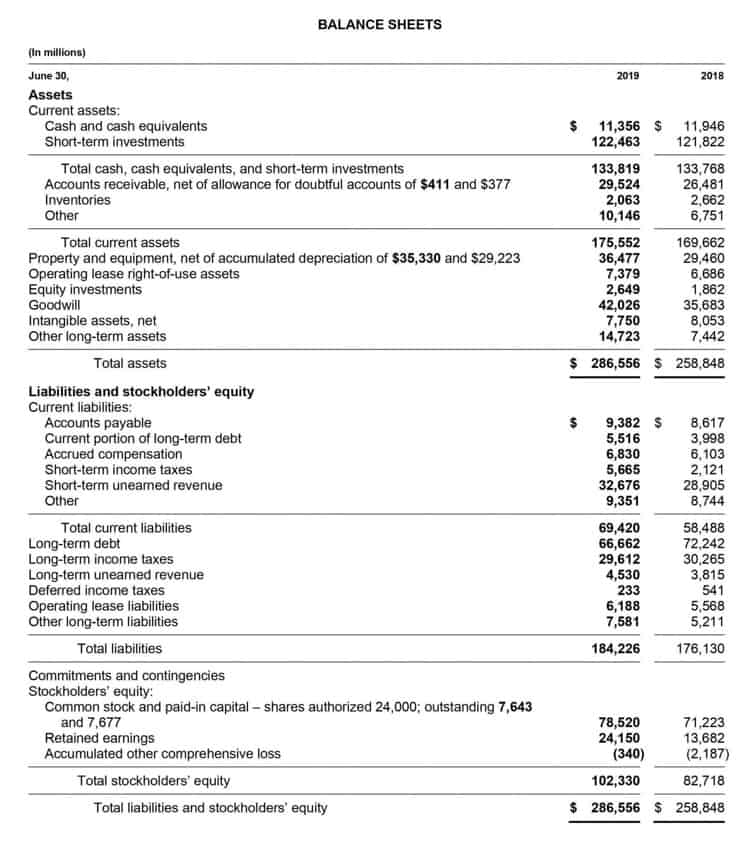- June 17, 2025
- Posted by: admin
- Category: Bookkeeping

Claims referring to account balances are valuable in identifying financial misstatements and, more importantly, in the prevention of such misstatements. Each assertion helps ascertain financial statements’ accuracy, completeness, and presentation. Audit assertions are also known as financial statement assertions or management assertions. Transactions with related parties disclosed in the notes of financial statements have occurred during the period and relate to the audit entity. Entity has the right to ownership or use of the recognized assets, and the liabilities recognized in the financial statements represent the obligations of the entity. Similarly, it relates to the clear presentation that promotes the understandability of information.
Relevant Assertions in Financial Statement Audits
- The client usually performs bank reconciliation at the end of the month by comparing the cash balances on its bank statement with the cash balances in the accounting records.
- If management is committing fraud in generating financial statements, it is possible that all of the preceding assertions will prove to be false.
- Auditors may also directly contact the bank to request current bank balances.
- This assertion has to be received by the auditor and our opinion is based on whether or not the assertion is fairly presented.
- These assertions help auditors evaluate the financial position of the entity.
The time is now for auditors to put aside old ways and design procedures that address all the assertions as called for in auditing standards. Proper disclosure includes presenting the method of inventory valuation, the stage of completion if a part of a manufacturing process, and any financial arrangements https://www.gynec360.com/2023/01/24/fedex-shipping-and-printing-locations-near-you/ involving the pledging of the assets. Let us consider the situation of Techvilla, an imaginary city in Loolaland where Jasmin works as chief financial officer at Innovabest Solutions Ltd. After some time, an audit of the financial statements of Techville takes place under the able auditor Jackyn. Whether you are CPA candidate or accounting students you need to master the audit assertions.
- With completeness, auditors test whether the client has reported all the information properly.
- Audit assertions for accounts payable ensure that all liabilities are recorded correctly.
- As we ask questions, we also inspect documents (e.g., bank reconciliations) and make observations (who is doing what?).
- CFI is the global institution behind the financial modeling and valuation analyst FMVA® Designation.
- Audit assertions such as occurrence, accuracy, and cut-off are usually tested by inspecting the documents to support the accounting transactions in the company’s records (vouching).
Real World Examples of Completeness Assertion under ASC 842
The cut-off assertion is used to determine whether the transactions recorded have been recorded in the appropriate accounting period. Payroll and inventory balances are often checked for cut-off accuracy to determine that the activity that took place was recorded in the appropriate period. This is particularly important for those accruing payroll or reporting inventory levels.
C. Accuracy

Management tells the auditor the financial statements show a true valuation of inventory – management are formally “asserting” this statement as being correct, so we call this at the “assertion level”. If the client’s internal control system is good, there is a reduced likelihood that there will be an error in the FS and the auditor will reduce the amount of audit work to be carried out. If the internal control system is poor, the auditor will have to perform much more work as Legal E-Billing the audit is the only defence left against a material misstatement appearing in the published FS.
The existence assertion verifies that the assets, liabilities, and equity interests reported in the financial statements actually exist at a given date. This is particularly important for assets like inventory, accounts receivable, and fixed assets, where the risk of overstatement can be significant. Auditors typically use procedures such as physical inspections, confirmations, and reconciliations to test this assertion.

Similarly, what is an assertion in auditing it consists of the assertion that the entity has made any resulting valuation or allocation adjustments and appropriately recorded them. Furthermore, it includes any related disclosures and their measurement and descriptions. The presentation assertion is that all transactions and events, and account balances are aggregated or disaggregated appropriately and clearly described. It also includes presenting the related disclosures in a way that is relevant and understandable in the applicable financial reporting framework’s context.

They may use the procedures, namely risk assessment and further audit procedures containing control tests and substantive procedures for authenticating the assertions. An audit assertion is a statement made by the management of a company regarding its financial statements. It is the responsibility of the auditor to evaluate the truthfulness and accuracy of these assertions in order to provide an independent opinion on the financial statements. The audit assertions typically relate to the existence, rights, and obligations of the company, as well as the presentation and disclosure of its financial information. The accuracy, valuation, and allocation assertion imply that the reporting entity has included all account balances at the appropriate amounts in the financial statements.
